On August 23rd, NASA will launch the Radiation Belt Storm Probes, a pair of specially designed satellites to gather information about the Earth’s Van Allen radiation belts, the concentric bands of plasma that protect the biosphere of the planet from highly charged particles.
These probes will allow a detailed study of the Van Allen radiation belts, and give better predictions of space weather, including solar storms that send CME towards Earth, wreaking havoc with ground-based telecommunications and power grids.
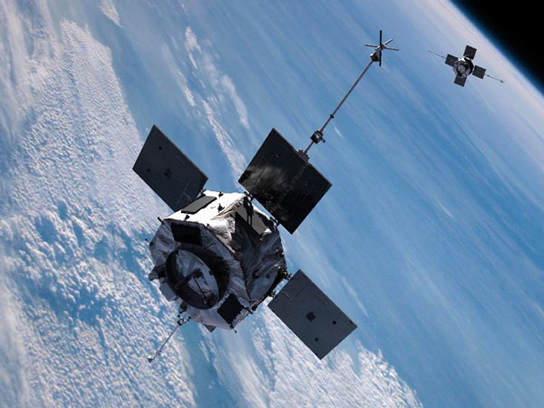
The shifts of these radiation belts seem to be tied to the overall solar activity. The inner belt, stretching from 1,600 km to 12,900 km (1,000 to 8,000 mi) above the Earth’s surface, is fairly stable. However, the outer ring, spanning 19,000 km to 40,000 km (12,000 to 25,000 mi) can swell up to 100 times its usual size, engulfing communications and research satellites, bathing them in harmful radiation.
To even further complicate matters, the outer belt doesn’t always respond in the same way to CMEs, sometimes growing or shrinking, even staying the same. The belt is quite dangerous to spacecraft, so it has been difficult to study. The belts were first noticed in 1958 by data from Explorer 1, but astronomers still know little about them.
This visualization relies on data from the SAMPEX mission, which observed particles in the Radiation Belts during a large solar storm in October 2003. The movie clearly shows just how much the outer belt can swell in extreme conditions. Credit: NASA/Goddard Space Flight Center Scientific Visualization Studio
They remain a mystery due to their harsh environment. Inside the satellites, electronics will be shielded in 9mm thick aluminum cages, which have small apertures to allow some of the particles to strike their detectors without damaging them. These detectors will analyze the number of particles, their energy levels, as well as their composition and direction in relation to Earth’s magnetic field.
The satellites have long, tentacle-like booms to shield the detectors from picking up the spacecraft’s own electric and magnetic fields. These will unspool once the probes are in orbit. The pair of probes will follow elliptical orbits at different speeds, to ensure that they sample as much of the belts as possible at different times.

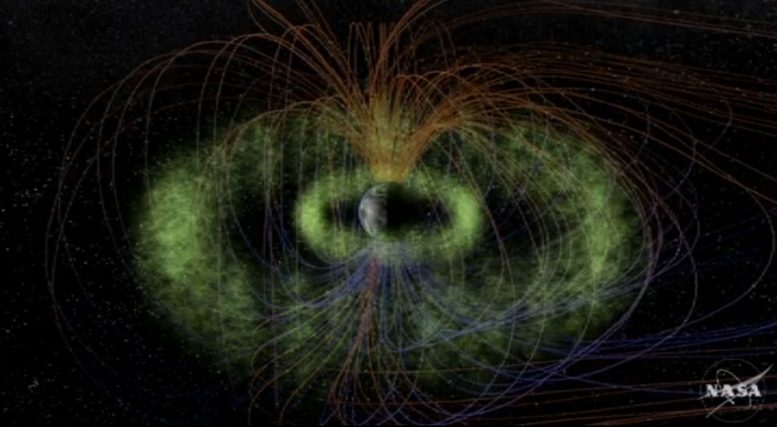
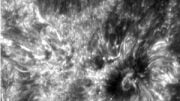
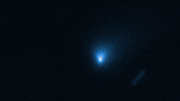

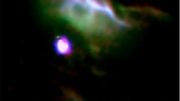



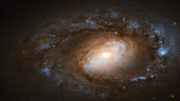
Be the first to comment on "Earth’s Van Allen Radiation Belt to be Probed by NASA Satellites"